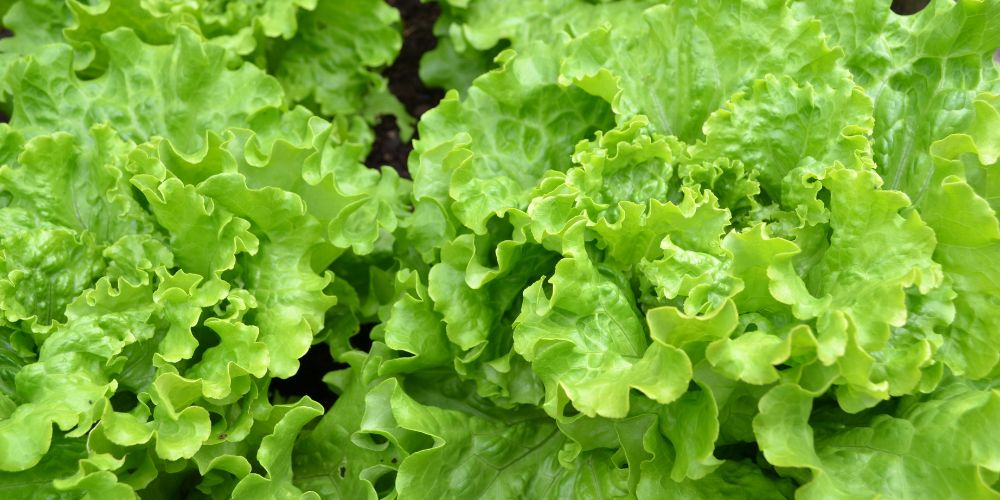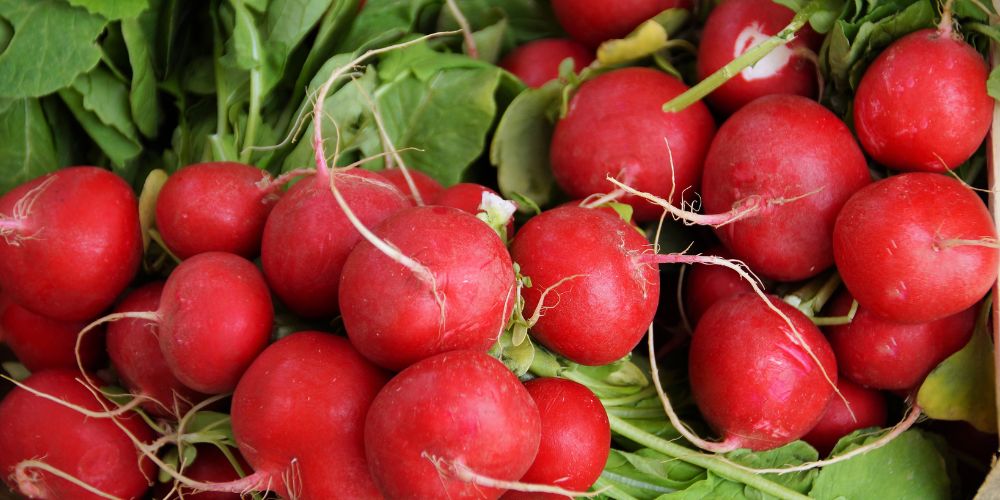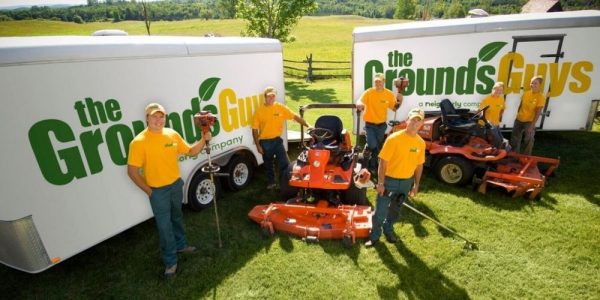
So, you've decided to ditch the store-bought stuff and cultivate your own veggie patch? That’s awesome!
But with all the options out there, where do you even begin?
That’s where this guide comes in. It will unveil some of the easiest vegetables to grow along with tips on planting, care, and harvesting.
Essential Seed Starting Tips
Before we dive into specific veggies, let’s take a look at some general seed-starting pointers.
Timing is Key
Ontario has a cool climate, so for most veggies, you want to wait until the danger of frost has passed (usually late May to early June). Some cool-season crops can be planted earlier, but check the specific needs of each veggie.
We’ll talk about getting an early start by planting inside later in the article.
Location, Location, Location
Most vegetables need at least 6-8 hours of direct sunlight per day. So, the sunniest spot in your yard is ideal. If you have limited space, prioritize sun-loving vegetables like tomatoes, peppers, eggplant, and squash. Leafy greens like lettuce, spinach, and kale can tolerate partial shade.
You also want to find a spot that will protect your vegetables from strong winds and harsh weather. Avoid planting near buildings, fences, or trees that will cast too much shade or block wind protection.
Soil Prep is Crucial
Set your veggie garden for success by prepping the soil!
Loosen the soil in your vegetable garden to at least 8 inches deep. This will help with root development and drainage. Next, you’ll want to do what's called “amending the soil.” To do this, add a 2-3 inch layer of compost or aged manure to create a fertile, well-drained mix for your plants to thrive in.
Rake it smooth and consider letting the bed rest for a few weeks before planting.
Seed Spacing
Seed packets usually have specific planting depth and spacing instructions. Don't overcrowd your little guys! If you do, you will need to thin your garden by removing the weakest seedlings. These are usually the smaller plants early on.
Water Wisely
Gentle moisture is key for germinating seeds! Before they sprout, avoid blasting them with heavy watering. Instead, use a mister nozzle or watering can with a gentle spray to keep the soil consistently moist, but not soggy.
Think of it like a damp sponge - you can squeeze out a few drops, but it shouldn't be dripping wet. This ensures enough moisture for germination without drowning the delicate seeds.
RELATED: Everything you need to know about raised garden beds ...
How To Get Your Vegetable Garden Started Early
If this is your first time growing a veggie garden, you’ll likely want to opt for direct sowing. This means planting your seeds directly in your outdoor garden rather than starting them indoors. It’s a simple method that saves time and effort, which is great for first time veggie gardeners.
But eager gardeners with a bit of experience under their belts often get a head start on the season by starting seeds indoors! This technique allows you to enjoy homegrown veggies earlier in the year, extending your harvest window.
If you’re buying your seeds, check the packets for ideal planting guides. Not all crops are well suited for an indoor start, such as beans, zucchini and summer squash. But those that are usually need to be started 4 to 8 weeks before transplanting outdoors.
If you are planning seeds you have saved from veggies here are some general guidelines to get you started.
6-8 weeks before transplanting:
- Tomatoes
- Peppers
- Eggplant
- Broccoli
- Brussels Sprouts
- Cauliflower
- Onions
4-6 weeks before transplanting:
- Loose Leaf Lettuce (butter lettuce, green romain, red romaine, oak leaf lettuce)
- Cut-and-Come-Again Lettuce (Lollo Rossa, mesclun mix, salad bowl lettuce)
Herbs like basil, oregano, thyme, cilantro and parsley can also be started 4 to 6 weeks before transplanting but we will talk about herbs another day.
Now that you have some general guidelines, let's look at some of the vegetables you will want to grow for the easiest starter garden.
5 of The Easiest Vegetables To Grow From Seeds
Here are some of the easiest vegetables to cultivate from seed, perfect for a beginner to grow in our area. Some of these plants have a few special rules for getting them started, which we’ve made sure to cover.
1. The Leafy Greens: Lettuce, Kale, and Spinach

First on our list of the easiest vegetables to grow is leafy greens like lettuce and kale. These superstars of salads are perfect for beginner gardeners. They're fast-growing, require minimal fuss, and can be direct-sowed.
Planting: Gently press lettuce seeds into the soil surface and cover them lightly with about ¼ inch (0.5 cm) of soil. Planting them too deep can hinder germination. Scatter them thinly in rows spaced 6-8 inches apart.
Special Directions: While most vegetables need full sun, lettuce is a bit different. Many lettuce varieties prefer partial shade, especially during the hottest part of the day. This is because intense heat can cause lettuce to bolt (go to seed prematurely) and become bitter. Check your specific seed packet for light requirements, but generally, aim for an area that receives some sun but also has some protection from the afternoon sun.
Planting time: Early spring (as soon as the soil is workable) for a continual harvest throughout the season. You can even sow successive plantings every few weeks.
2. The Speedy Sprout: Radishes

These little red beauties are another fantastic choice for beginners. They germinate quickly (think 3-4 weeks!), giving you a sense of accomplishment early on.
Planting: Sow seeds ½ inch deep, spacing them about 1-2 inches apart in rows 8-10 inches apart. If you plan on harvesting radishes young, you can plant them half an inch apart.
Special Directions: Radishes don't tolerate overcrowding well. Thin your seedlings early and often to allow them enough space to develop plump, juicy roots. Aim for the recommended spacing on the seed packet and remove weaker seedlings.
Planting time: Radishes love the cold. Plant seeds in early spring for a harvest in late spring/early summer. You can also plant radishes in the fall for a late-season treat.
3. The Versatile Vegetable: Beans

Beans come in a delightful variety – green beans, snap peas, shelling peas – and are all relatively easy to grow from seed. They thrive in warm weather and fix nitrogen in the soil, making them a great companion plant for other veggies.
Planting: Sow seeds 1-2 inches deep, spacing them about 2-3 inches apart in rows 2-3 feet apart (depending on variety).
Special Directions: While bush beans grow low to the ground and require no support, pole beans are vining plants that need a trellis, fence, or other structure to climb on. (Here's a quick and cheap DIY for a large trellis.)
In addition, beans are prolific producers, but their production can slow down in hot weather. To extend your harvest, consider planting beans every few weeks throughout the warm season, ensuring a continuous supply of fresh beans. This is referred to as succession planting.
Planting time: Beans are warm-season crops. Don't plant them outdoors until the danger of frost has completely passed and soil temperatures have warmed to at least 55°F (12°C) in late May/early June. Cold soil can hinder germination and lead to rotting seeds.
4. The Underground Jewels: Carrots

Carrots are another of the easiest vegetables to grow. They do require a little more patience than some, but the satisfaction of pulling a homegrown beet or carrot from the soil is unbeatable.
Planting: Sow seeds ½ inch deep, spacing them about 1-2 inches apart in rows 2-3 inches apart. The seeds are tiny so be mindful not to crowd them when sowing. Aim for a thin row or space seeds evenly, following seed packet recommendations for spacing. Thin seedlings to recommended spacing once they emerge.
Special Directions: While carrots need sunlight to grow, keeping the planting area lightly covered with a row cover or damp burlap can help retain moisture and promote germination in the early stages.
Planting time: Plant in early spring or even in the fall for a cool-weather harvest.
5. The Summer Squash Squad: Zucchini and Summer Squash

These prolific producers are perfect for beginner gardeners. They grow quickly and tolerate mild neglect (we've all been there!).
Planting: Unlike some vegetables that benefit from starting indoors, zucchini thrives with direct sowing outdoors. This eliminates the need for starting seeds indoors and transplanting later. Sow seeds 1 inch deep, spacing them about 3-4 inches apart in hills 3-4 feet apart.
Planting time: Zucchini is a warm-season crop that dislikes cold soil. Waiting until the danger of frost has passed and the soil has warmed ensures optimal germination and growth. Plant once the soil temperature reaches at least 70°F (around late May/early June).











